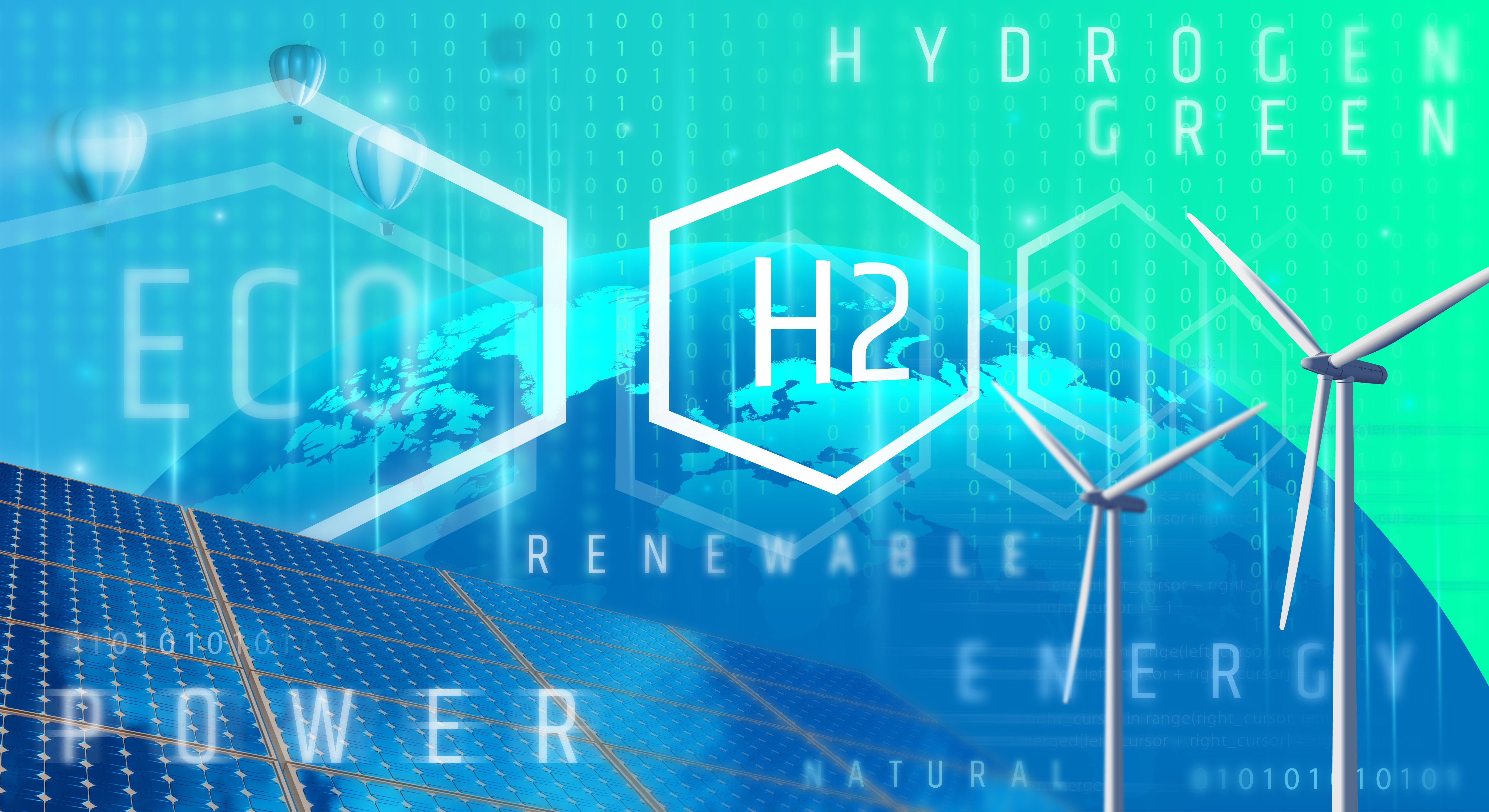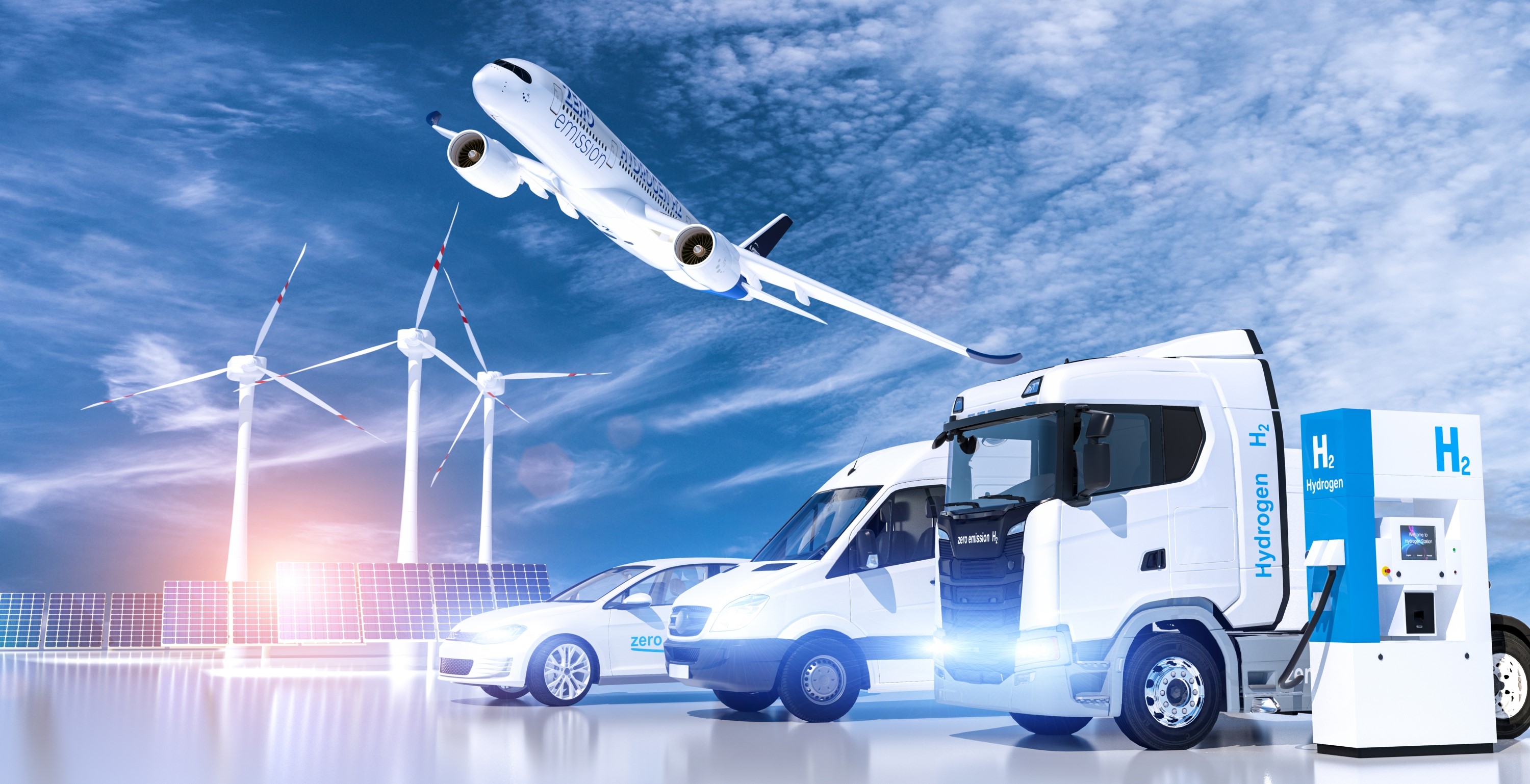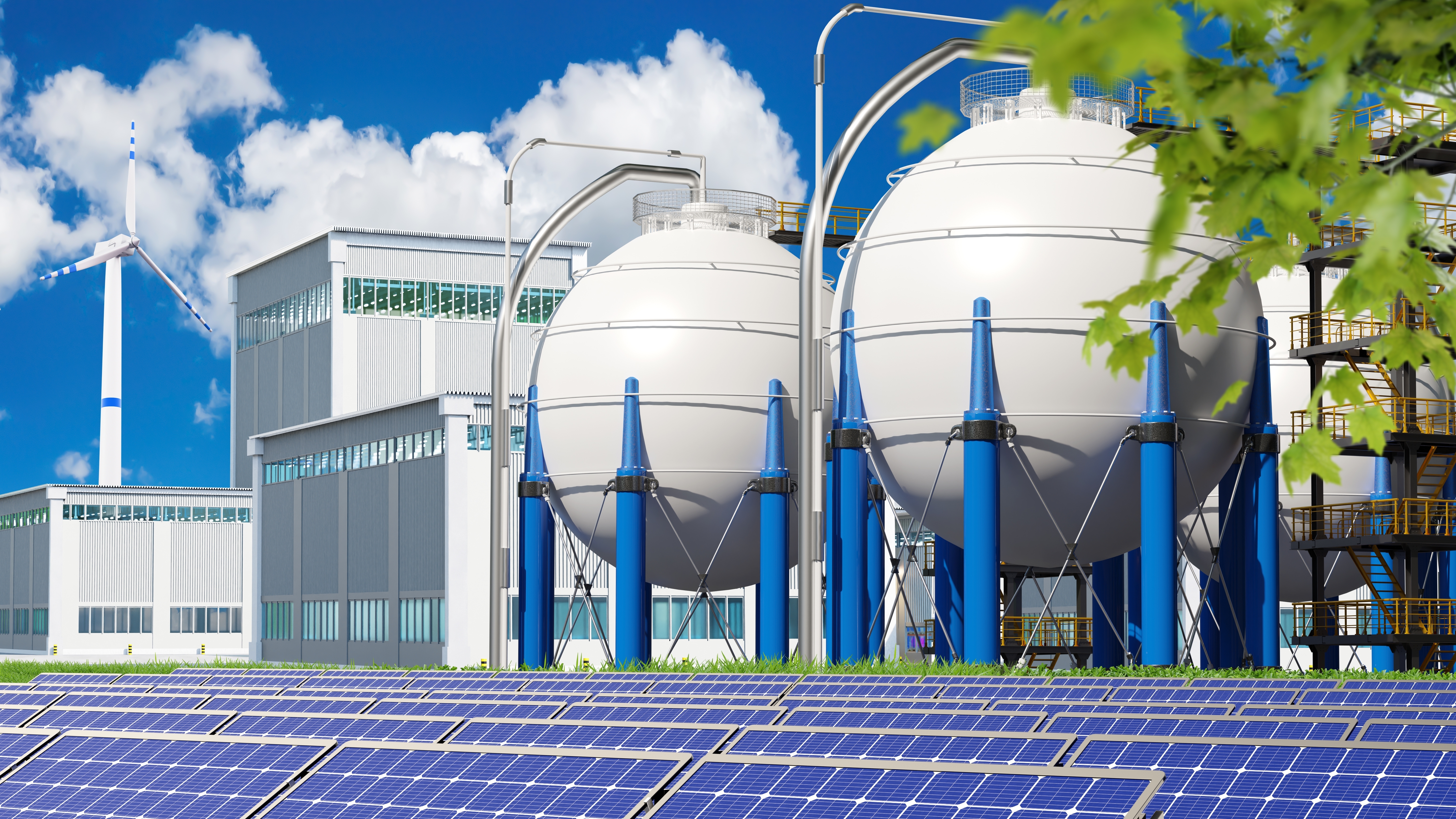Featured Articles
2022-03-28
More cost-effective blue hydrogen to create incentives for green hydrogen on the way
 Green hydrogen is regarded as a truly zero-carbon green energy source.
Green hydrogen is regarded as a truly zero-carbon green energy source.Although hydrogen does not emit pollutants during the combustion process, most of the hydrogen is combined with other molecules and does not exist alone in the atmosphere. It needs to be processed and converted before it can be generated, which belongs to secondary energy. This production process has obvious cost gaps depending on the technology used. The so-called grey hydrogen and blue hydrogen processes use natural gas, processed by steam methane reforming (SMR) and carbon dioxide capture, storage and reuse (CCSU), respectively. The production cost is strongly correlated with the price of natural gas, and it emits carbon, so a carbon tax is required. The zero-emission green hydrogen uses renewable energy such as solar energy or wind power to electrolyze water in an electrolyzer to obtain hydrogen and oxygen. Its water electrolysis conversion efficiency is not high, only about 70% or 80%, and the cost is high, which is the biggest disadvantage. According to a research report published by ING in the autumn of 2021, under normal conditions in the energy market and a carbon price in the predictable range of 60-65 euros/ton, as long as the infrastructure for transporting and storing hydrogen is in place, there is a strong willingness of hydrogen suppliers to invest in blue hydrogen.
On the other hand, with the increasing pressure on petrochemical companies to reduce carbon emissions, the development of hydrogen fuel will gradually be valued by petrochemical companies in order to respond to the trend of the times. Therefore, the development of hydrogen energy has considerable incentives for petrochemical companies. Even if the number of hydrogen vehicle is extremely limited and does not constitute an immediate market attraction, several gas companies in the United States, the United Kingdom and Australia have begun to use hydrogen, which can be mixed into the natural gas pipeline by up to 20%, which can reduce the consumption of cooking, water heaters and heating, etc. carbon dioxide emissions. According to the assessment of British electricity and natural gas supplier Cadent, if the UK fully implements the mixing of 20% hydrogen in natural gas pipelines, it can reduce the carbon emissions produced by the equivalent of 2.5 million vehicles driving a year in the UK.
The newly revised hydrogen and fuel cell strategic roadmap released by the Ministry of Economy, Trade and Industry of Japan in the spring of 2019 even clearly set the goal of commercializing hydrogen power generation in 2030. At this stage, thermal power generation equipment has introduced hydrogen co-firing power generation. In the future, coal-fired power plants can even switch to using hydrogen as fuel. In the spring of 2021, Japan and Australia will use the seldom-used lignite coal to produce hydrogen, known as lignite hydrogen, in the Latrobe Valley of Victoria, used by power plants in Kobe, Japan. At present, whether it is blue hydrogen or lignite hydrogen, there are still carbon emissions. Naturally, it is not the most ideal way, and it is also the most criticized. However, from an industrial development point of view, this transitional approach is necessary. By taking advantage of the low-cost advantages of lignite hydrogen and blue hydrogen, we can create market incentives first, drive hydrogen energy infrastructure construction and many applications, and pave the way for the increasingly mature green hydrogen after more than ten years, which can be seamlessly integrated.
References
- Fo rbes, 2020-09-06,Plan To Buy An Electric Car? So, How Much Does It Cost To Charge A Tesla Model 3 Vs A Gas Car?
- 2020-12-27 ,California gas blending trial could shift a roadblock for hydrogen cars
- ING , 2021-10-28, High gas prices triple the cost of hydrogen production
- Cadent , News Release, 2020-02, UK's first grid-injected hydrogen pilot gets underway
- B BC News, 2021-12-06, Climate change: Is 'blue hydrogen' Japan's answer to coal?
- Nihon Keizai Shimbun 2021-08-11Iwatani Sangyo, Suzuo Manufacture, Transportation, and Distribution
- Ming Pao, 2021-08-23 , UBS Gastreich: China's hydrogen energy is expected to account for 20% in 2060
- Iwatani Industries, 2 021-06-30, News Release,バイオマスを raw materials and した electricity business および Start of discussion on the liquefied hydrogen production business of Garian
- Lianhe Daily, 2021-12-01 , the world's largest photovoltaic green hydrogen Xinjiang Kuqa starts construction
- Hydrogen Fuel News, 2021-05-26 New Nevada hydrogen fuel plant to begin operations in early 2022
- Today's Toutiao, 2021-10-18, The Enlightenment of Japan's Hydrogen Refueling Station Construction and Operation Mode to China https://twgreatdaily.com/495690755_100070607-sh.html



